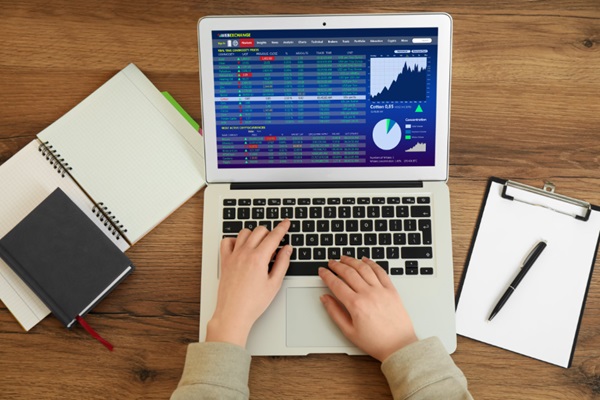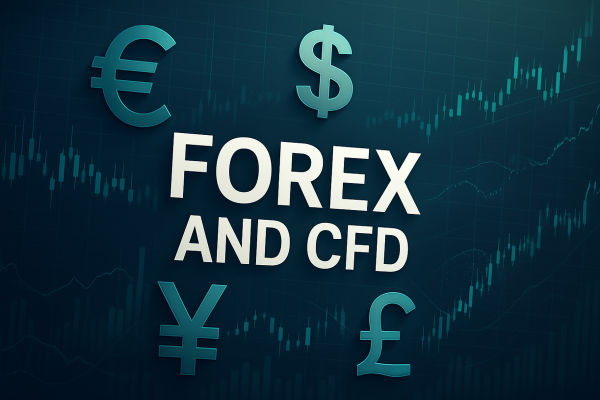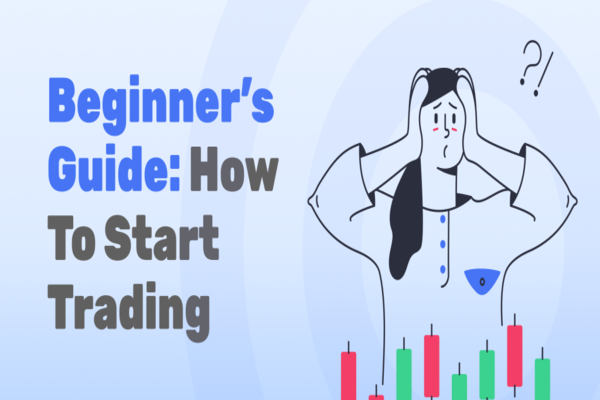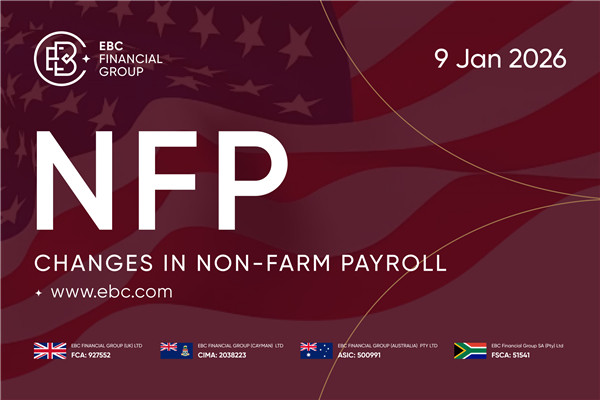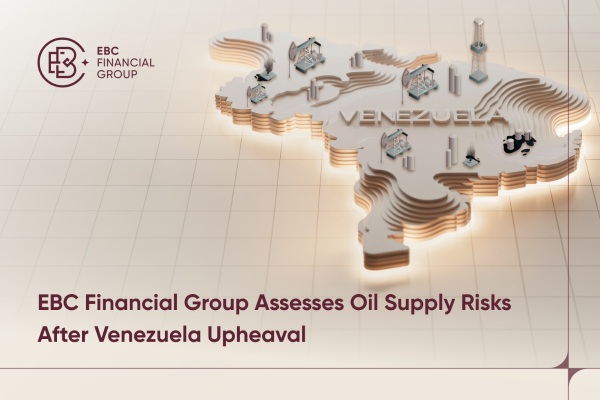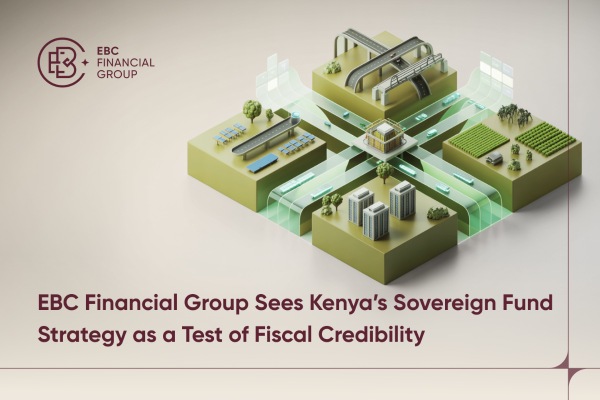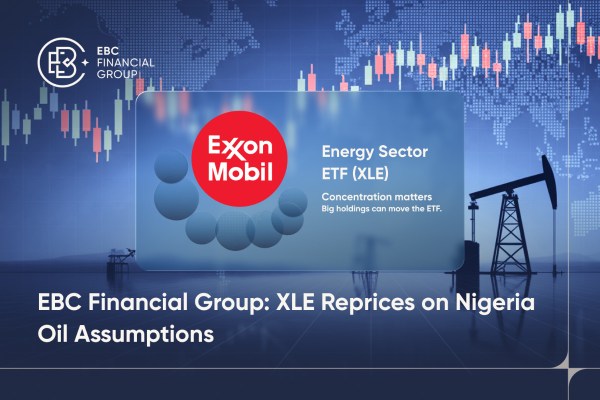Trading in the Forex Market involves several common order types, such as market order, Limit Order, and stop order store order. These are the contents that must be understood when doing foreign exchange trading. This article will focus on introducing the foreign exchange market price list.

Forex market order definition
Market order refers to the current best market price in accordance with the instant buy or sell orders, depending on the supply and demand for the asset. Because market prices are constantly fluctuating, it is not possible to specify the price at which a trade will be made when a market order is placed.
When a trader trades a currency pair, there are two methods of fulfillment available to him. One is a market order, also called a market close. One is a limit order, also called a limit trade.
A market order is an order to buy or sell a currency pair immediately at the current market price. This type of order is usually the default order on the trading platform. It takes into account the speed of the transaction, followed by the price of the transaction.
A limit order is an order to buy or sell a currency pair at a specific price. If the market price runs up to the set price, then the order will be filled. If the market price runs below the set price, then the order will not be filled. So a limit order takes price into account more than time.
The principle of operation of the market order
When a market order is placed, the order is executed at the best current market price. From the time the order is submitted to the time the order is executed. This is usually a split second; however, prices can still fluctuate between milliseconds. Therefore, the actual price at which the order is filled is likely to be different from the price seen at the time the order is placed.
Let's say an investor intends to use a market order to sell dollars in time to buy euros at the current price of 1.1255. However, due to the rapid movement of prices, the final transaction price does not match the original expected price. Whether it is a buy order or a sell order, it is possible for this sliding spread to be even higher or lower than the expected price.
If you think that a currency pair is going to show a clear trend soon and you want the order to be filled as soon as possible, you can use market trading. In other cases, try not to use the market deal, but use the limit deal, which allows you to plan your trade in advance.
Why? Because the foreign exchange market is a 24-hour market, If you keep your eyes on the market and wait for the market to run into a certain price range, Then place a market order, which is very unrealistic. Limit orders can ensure that the transaction is single, in the hope that the price of the transaction
How market orders work
| Step |
Instructions |
| Place an order |
Select Market Order - Currency pair - Transaction quantity |
| Fulfill Order |
The current market price is executed immediately after the market order is placed. |
| Fill Order |
Market orders are quickly filled to buy or sell at the market price. |
What does it mean to open a position at the Forex market price?
Forex market price open position, also known as the market price order to open a position, refers to the investor's current market price (i.e., the market price) for the immediate opening of trading operations without regard to future prices. This approach is very common in the foreign exchange market, allowing investors to immediately enter the market and execute transactions.
Specifically, the process of opening a position at the Forex market price is as follows:
First, select the currency pair you wish to trade, for example, EUR/USD (euro/dollar). Then determine the amount you want to trade, usually expressed in standard lots, mini lots, or micro lots.
After that, you select the market price to open a position and determine in which currency you want to buy another currency. If you think that the currency pair will rise, you choose to buy the market. If you think the currency pair will go down, you choose to sell (short) the market. An order to open a position at the market price is placed, and the broker immediately executes the order based on the current market price. The open position operation puts their funds into the market and becomes a position holder. After opening a position, they can also use different management strategies, such as setting stop-loss and profit targets, to manage their position.
Forex market order opening is a method of entering the market quickly and executing trades quickly, usually used for short-term trades or trading strategies that need to be executed quickly. It carries the risk that the market price may change after the order is placed.
Bid and Ask Prices in the Forex Market
The bid and ask prices are two key prices in the forex market. These two prices are used to determine the cost and price of a currency transaction, as well as provide investors with a way to buy and sell currency pairs.
Bid Price: This is the price at which traders in the market are willing to buy a particular currency pair. That is, this is the price at which holdings of the base currency (the first currency in the pair) can be sold to buy the quote currency (the second currency in the pair). The bid price is usually lower because it is the price at which buyers in the market are willing to offer to buy the currency pair.
Ask Price: It is the price at which traders in the market are willing to sell a particular currency pair. In other words, this is the price at which the quoted currency can be purchased to sell the base currency. The ask price is usually higher because it is the price that sellers in the market are willing to accept.
The difference between the bid and ask price is the spread, often referred to as the bid-ask spread, which represents the transaction costs and liquidity of the foreign exchange market. Buyers usually pay a higher ask price when buying a currency pair, while sellers usually accept a lower bid price when selling a currency pair. The size of the spread depends on market liquidity and the popularity of the currency pair.
In the foreign exchange market, the bid-ask spread is usually very small, especially for popular currency pairs such as EUR/USD (Euro/Dollar) or USD/JPY (Dollar/Japanese yen). However, for less popular currency pairs, the bid/ask spread may be larger. In addition, the size of the spread may vary depending on the forex broker, market conditions, and time of day.
The dynamics of the market change from time to time, and the bid and ask prices are a reflection of these changes, reflecting the supply and demand for a currency pair on the market. The bid price represents the highest bid price in the market, while the ask price represents the lowest ask price in the market. The market price displayed on most trading platforms is a combination of the bid and ask prices.
Generally speaking, the ask price is always higher than the bid price. For example, for the AUD/USD quote, 0.7359 is the bid price, while 0.7364 is the ask price. This indicates that those in the market willing to buy are willing to buy at a maximum of 0.7359. while those willing to sell need to sell at a minimum of 0.7364.
As a trader, you need to understand that if you want to buy long and close immediately, then you need to buy at 0.7364; if you want to sell short and close immediately, then you need to sell at 0.7359.
Examples of bid and ask prices in the foreign exchange market
| Currency Pair |
Bid Price |
Ask Price |
Spread |
| EUR/USD |
1.125 |
1.1255 |
0.0005 |
| USD/JPY |
110.25 |
110.3 |
0.05 |
| GBP/USD |
1.335 |
1.3355 |
0.0005 |
| AUD/CHF |
0.6805 |
0.681 |
0.0005 |
| CAD/JPY |
80.1 |
80.15 |
0.05 |
Finally, we take a look at the foreign exchange market order trading tutorial cell phone version of the specific operation:
On the quote page, click on the sell or buy price.
Enter the order page.
Click on the advanced paging to choose the buy or sell direction.
Click on the plus or minus button.
Or you can directly enter the number of lots and the deviation of the transaction.
Click on the drop-down table to set take profit.
Stop Loss
Setting the price
or by pips
Each Stop Loss can be set to expire.
Disclaimer: This material is for general information purposes only and is not intended as (and should not be considered to be) financial, investment or other advice on which reliance should be placed. No opinion given in the material constitutes a recommendation by EBC or the author that any particular investment, security, transaction or investment strategy is suitable for any specific person.












